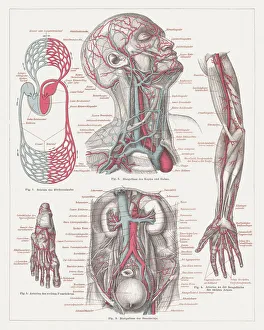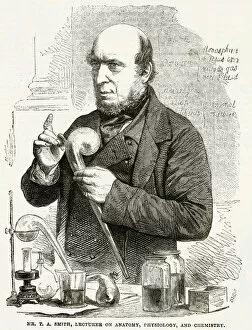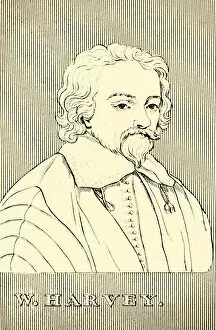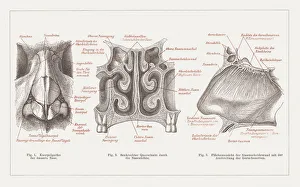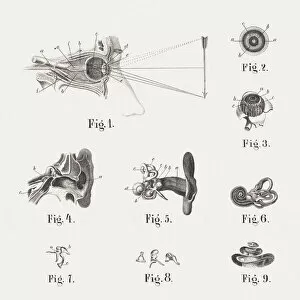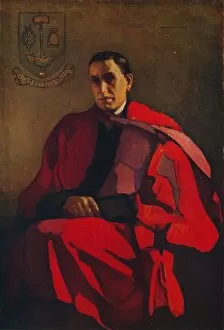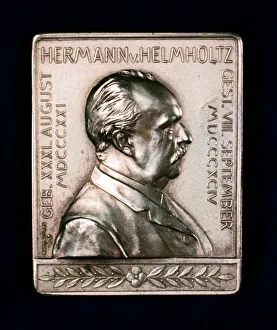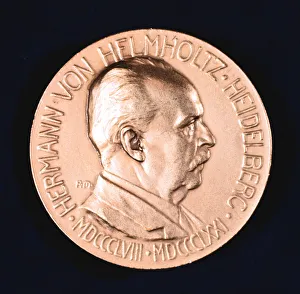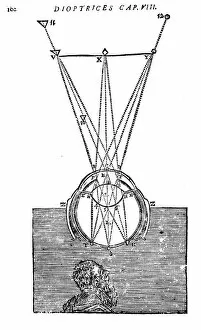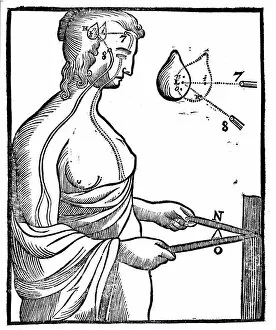Physiology Collection (page 6)
"Unlocking the Secrets of the Human Body
All Professionally Made to Order for Quick Shipping
"Unlocking the Secrets of the Human Body: Exploring Physiology from Head to Toe" Dive into the intricate world of human physiology with a captivating view of the anatomy of the brain, seen from an inferior perspective. Step back in time and witness Joseph Wright's masterpiece, "The Airpump, " as it symbolizes our quest to understand how our bodies function on a physiological level. Discover the hidden powerhouses behind every smile and frown with a detailed diagram showcasing facial muscles labeled for your convenience. Take a front-row seat to unravel the complexity of facial muscles as they work harmoniously together, providing us with countless expressions that define our humanity. Delve into knee joint mechanics and gain insight into how this remarkable structure allows us to walk, run, and perform various movements effortlessly. Journey beneath your skin's surface and explore the fascinating relationship between hair follicles and skin – two interconnected systems that contribute to our unique appearance. Witness synapse nerve junctions through a TEM image, offering a glimpse into one of nature's most efficient communication networks within our nervous system. Marvel at the intricacies of head muscles as they enable us to express emotions, chew food, speak articulately, or simply turn our heads towards something captivating. Uncover ancient evolutionary structures within our brains by examining cross-section illustrations depicting limbic system functions alongside primitive forebrain regions. Embark on an enlightening tour through your body's drainage system - discover how lymphatic vessels play an essential role in maintaining overall health and immunity. Explore superior views of colored lobes accompanied by labels; see how different brain regions contribute uniquely to cognition, emotion regulation & sensory processing Dissecting human brain anatomy from lateral view reveals its awe-inspiring complexity; marvel at its convoluted folds & diverse functional areas shaping who we are.





